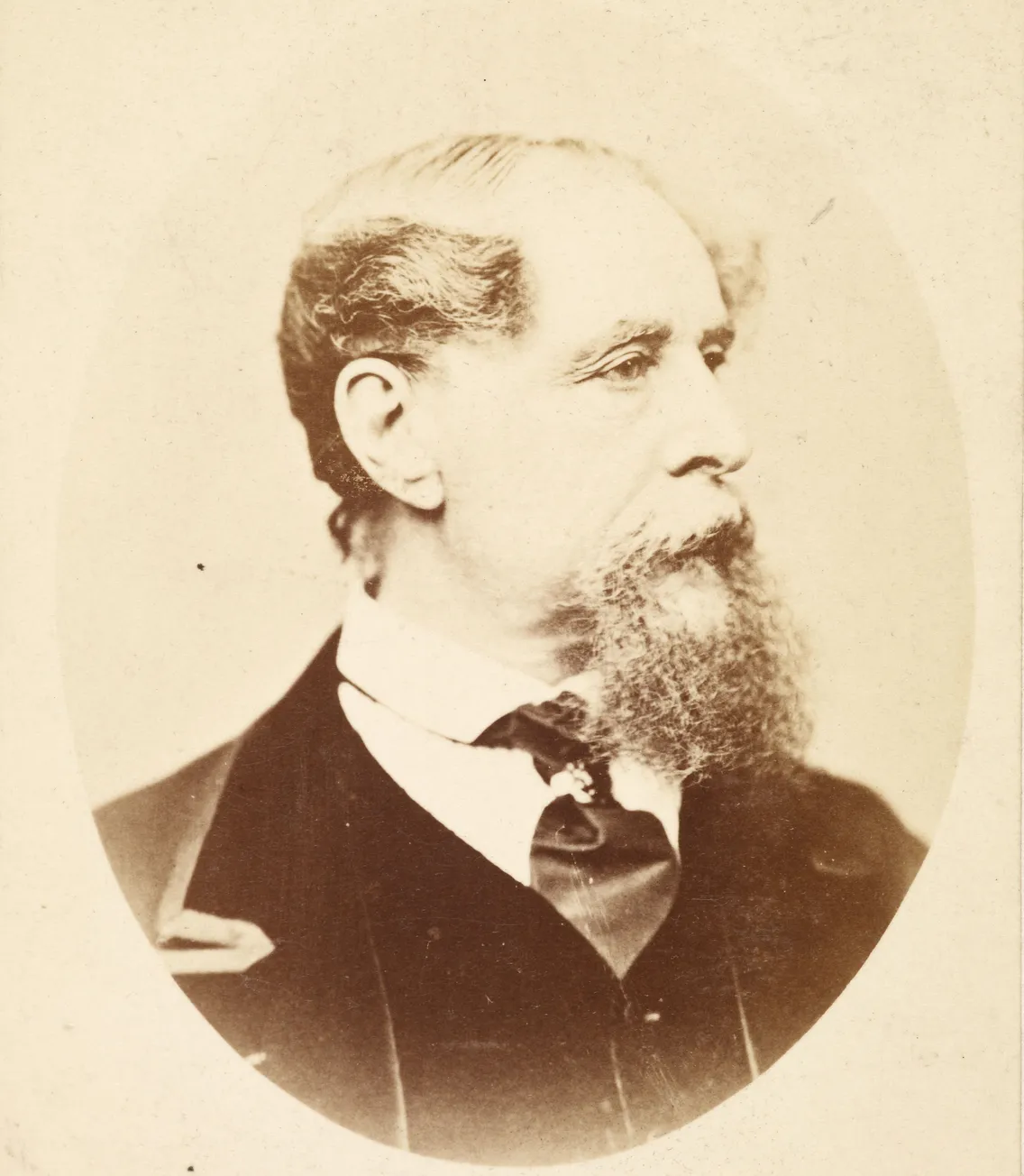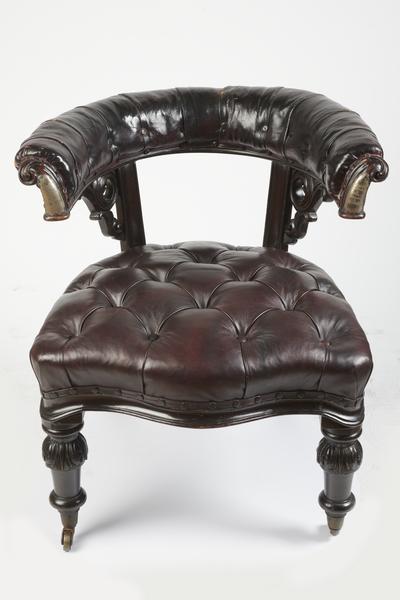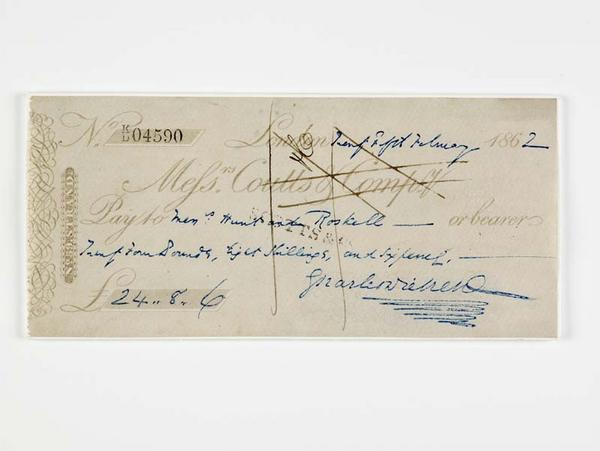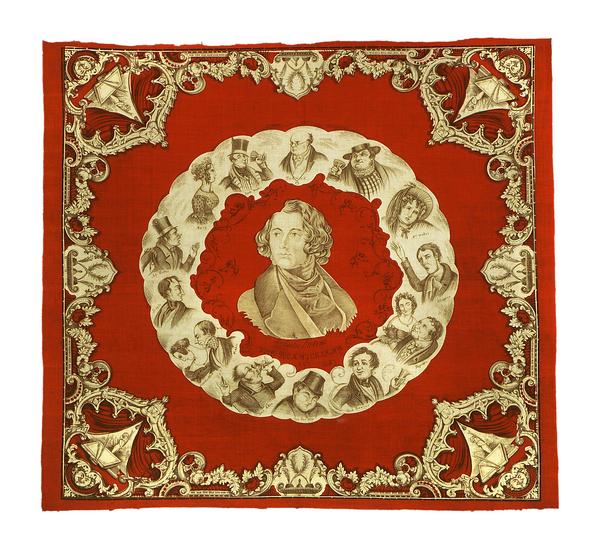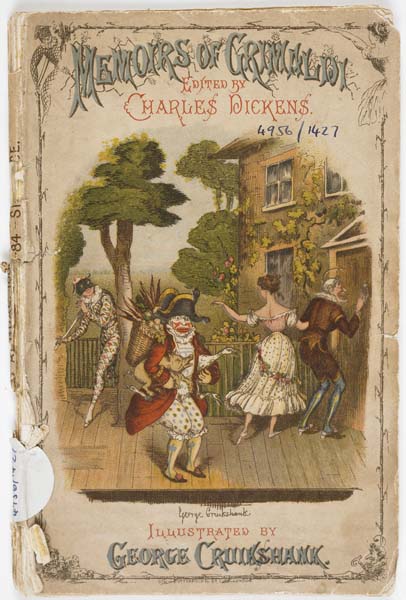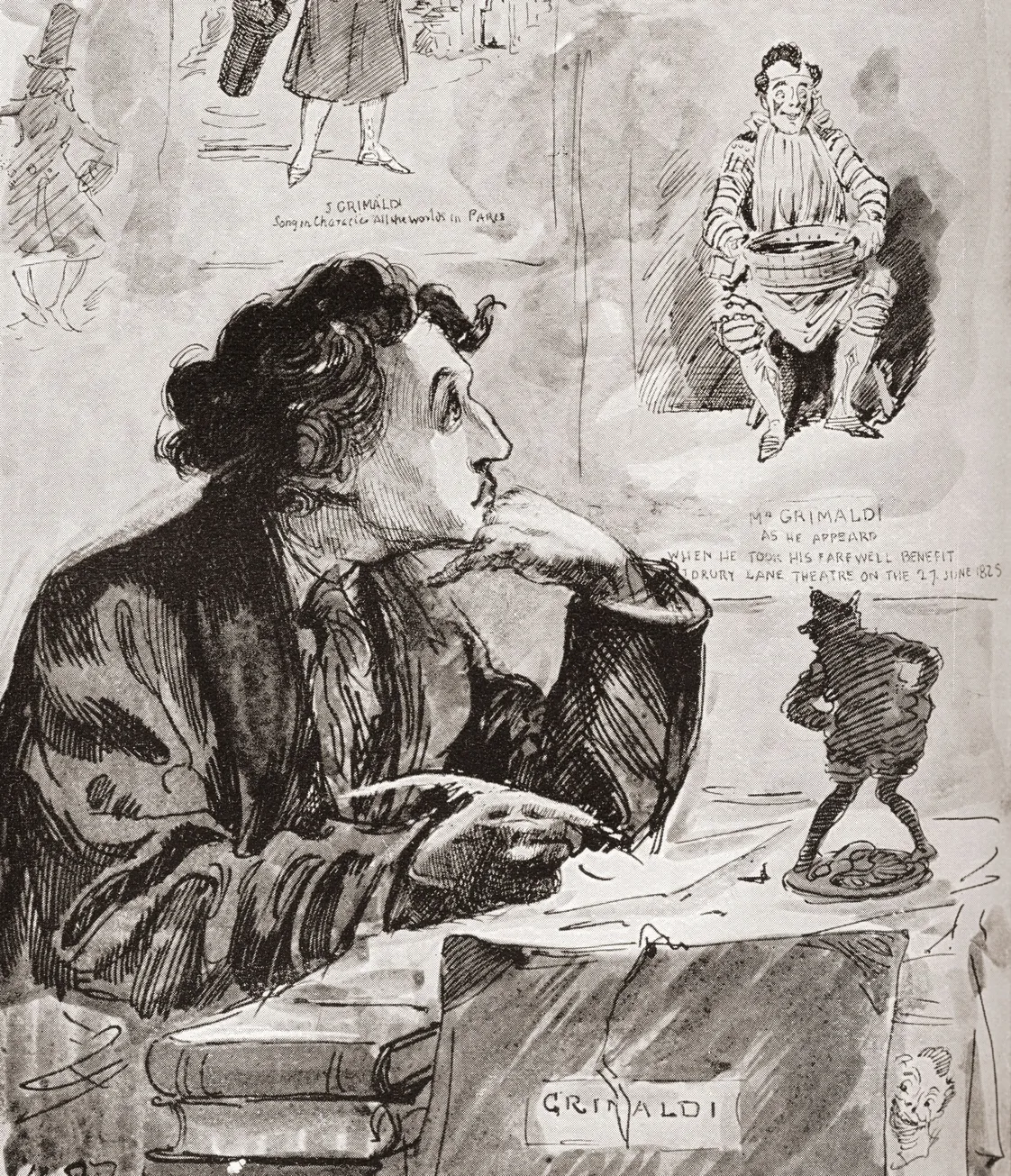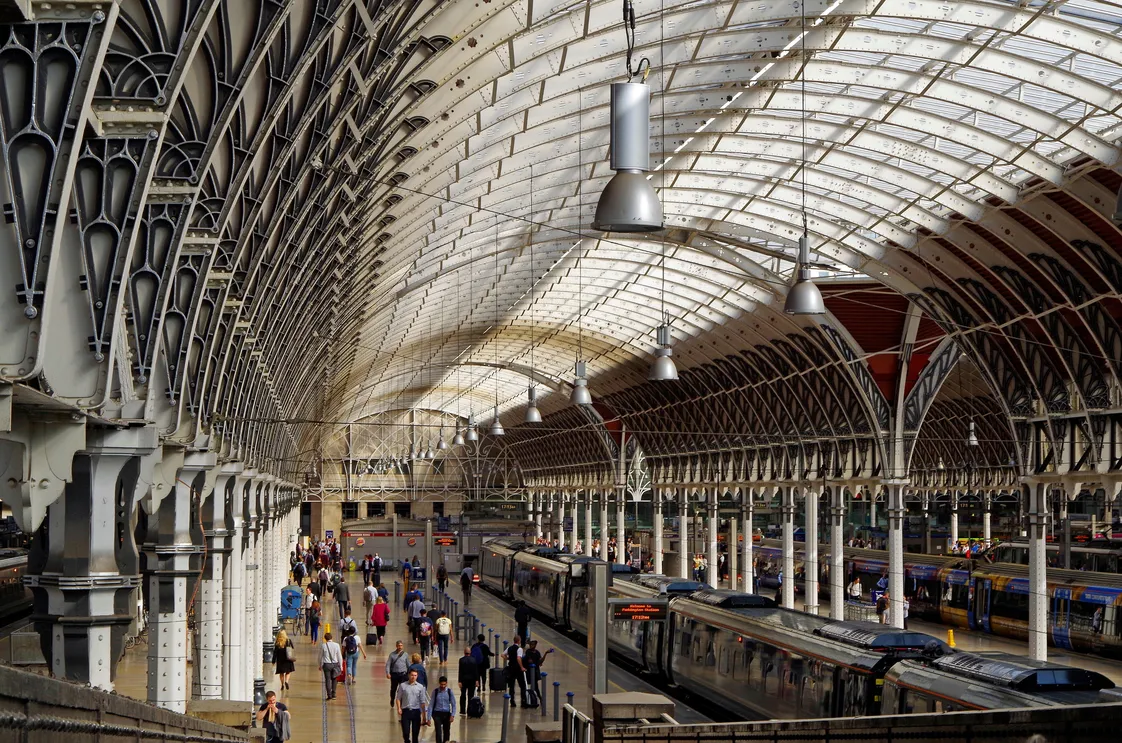Who was Charles Dickens?
Charles Dickens is one of London’s finest writers, the internationally famous author of books like Oliver Twist, Great Expectations and A Christmas Carol.
1812–1870
An author with a social conscience
Dickens wrote his novels in the middle of the 19th century, during the reign of Queen Victoria. It was a time when London was exploding in size, becoming a city of the industrial age blighted by overcrowding and inequality.
By capturing the spirit of the changing city, Dickens established himself as perhaps the first urban novelist.
Convinced that his writing could be a force for good, he used his work to highlight the city’s many problems. He was a master at describing London’s poverty and terrible working conditions. Its cruel or inadequate institutions. Its filth and pollution.
But he also offered moments of lightness, creating larger-than-life characters and becoming known for heartwarming domestic scenes, especially set at Christmas.
Dickens did such a good job that one word came to describe both the good and the bad of Victorian society – Dickensian.
“I wandered about the City, like a child in a dream… inspired by a mighty faith in the marvellousness of everything”
Charles Dickens, Gone Astray, 1853
Where and when was Dickens born?
Dickens was born in Portsmouth in 1812. He went to school aged nine – but this didn’t last long. After his family moved to Camden Town in London, Dickens’ father was sent to prison for failing to pay his debts.
Aged 12, Dickens was sent to work six days a week in a rat-infested factory. His education and the future he expected for himself were snatched away. The horrendous experience of the factory stayed with him for the rest of his life, filling his stories with misfortune and hardship.

By showing two very different experiences of Christmas, this engraving highlights London's huge gap in wealth – something Dickens saw from both sides.
What was his first novel?
Dickens began his writing career as a journalist, focusing on social issues including the prison system and the spectacle of public executions. He also published a series of short sketches under the name Boz.
In 1836, Dickens began publishing the monthly segments of his first novel – The Pickwick Papers. It quickly became a huge success.

There was huge demand for anything related to Dickens' Pickwick Papers, including this handkerchief featuring its characters.
How many books did he write?
Dickens wrote 15 novels, which brought him global fame and were published around the world.
Books like David Copperfield, Hard Times, Great Expectations, Oliver Twist and A Tale of Two Cities have remained popular ever since. Many have been adapted into TV shows, musicals and films.
Vivid illustrations by George Cruikshank which appeared in the first edition of Oliver Twist can be seen in our collection, featuring Fagin, Sikes and the Artful Dodger.
But Dickens’ novels are just the tip of the iceberg.
He was a prolific writer, publishing essays, an autobiography and many shorter novellas, including A Christmas Carol, and famous ghost stories like The Signalman. He also edited the memoirs of the clown Joseph Grimaldi.
And he still had the energy to follow his passion for theatre. Dickens wrote plays, acted and even performed for Queen Victoria in 1851.
“It was a foggy day in London, and the fog was heavy and dark”
Charles Dickens, Our Mutual Friend, 1864–1865
Dickensian London
Dickens drew inspiration from long walks through the city – sometimes by day, but more often at night and in the early morning.
He knew the maze of London's streets, alleys and yards better than anyone. He absorbed the speech patterns of Londoners, observed their appearances, noted their quirks.

London was transformed by the arrival of the railways in the 19th century.
His writing captured a city transformed by new industries, new technology and the global trade brought by the British empire. He wrote about the polluted fog and the filthy river Thames. And he described fast steamboats, new bridges and the coming of the railways.
He also described financial fraud, government bureaucracy (what he called “red tape”), lousy education and terrible housing.
In his writing and beyond, Dickens committed himself to reforming and improving society.
He felt that through Christian charity and compassion it was possible to transform the lives of those in need of help. With his wealthy backer Angela Burdett Coutts, he set up Urania Cottage in west London as a home for poor women.

London in the 19th century was blighted by overcrowding and poverty.
Dickens’ family life and death
Dickens married Catherine Hogarth in April 1836. They had 10 children together.
However, the marriage was not a happy one. The couple separated in 1858 due to Dickens’ long-term relationship with the actress Ellen Ternan.
Dickens died of a stroke in 1870. For his importance as a social commentator and novelist, he was buried at Westminster Abbey.


